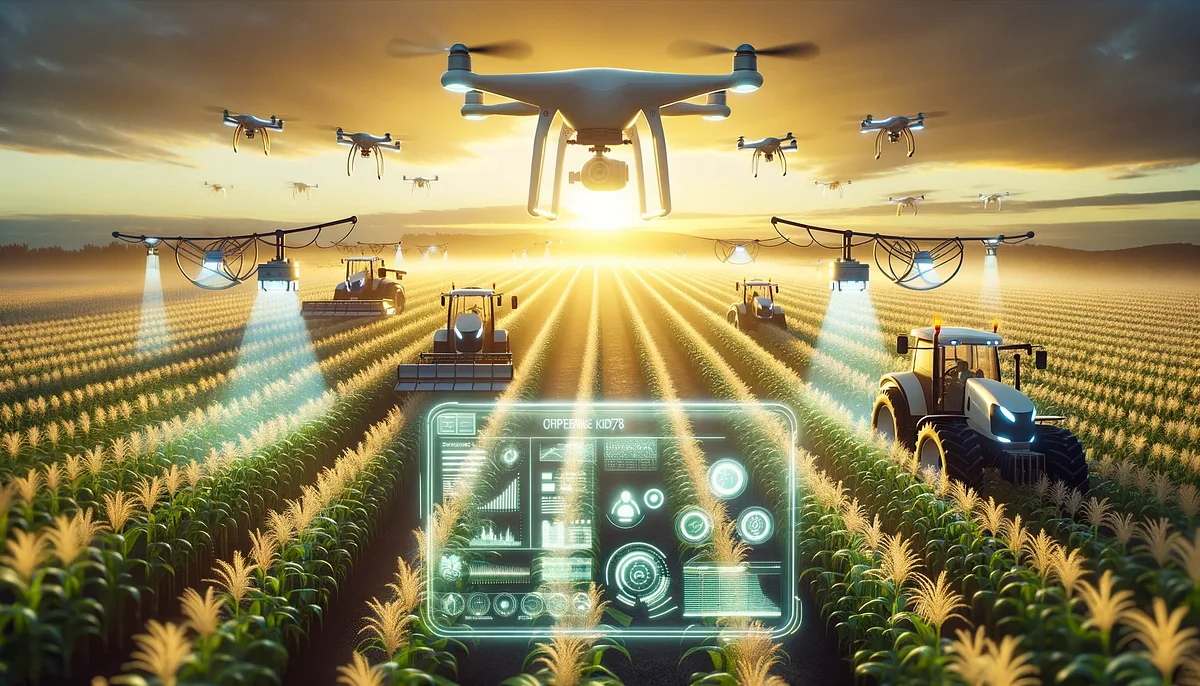Detailed Analysis of Egypt’s 2024 Poultry and Livestock Licensing Report
Egypt’s poultry and livestock sectors are witnessing a transformative phase, marked by the Egyptian Ministry of Agriculture and Land Reclamation’s issuance of 13,238 licenses in 2024 for projects encompassing livestock, poultry, and feed. This report, as of March 31, 2025, delves into the specifics of this development, its implications for the poultry industry, and its alignment with broader agricultural strategies, providing a comprehensive overview for stakeholders.
Egypt’s poultry sector is experiencing growth, driven by government initiatives to enhance food security and support local farmers. The Ministry of Agriculture and Land Reclamation has been active in issuing licenses to facilitate new and expanded projects
Government Licensing Initiatives in 2024
The Ministry of Agriculture and Land Reclamation reported issuing 13,238 licenses in 2024 for livestock, poultry, and feed projects, as detailed in a January 7, 2025, article by the State Information Service (SIS) Egypt’s Agriculture Ministry issues 13,238 licenses for livestock, poultry projects in ’24. Of these, 6,467 licenses were specifically for small-scale livestock farming, indicating a focus on supporting smaller producers. Additionally, 1,292 licenses were processed via online platforms, reflecting a shift towards digital administrative efficiency. The ministry also granted 550 approvals for new livestock and poultry projects in desert areas, a strategic move to expand production capacity beyond the traditional Nile Valley and delta regions.
Further support initiatives included an 404,000 layer hens project that will provide table eggs through mobile outlets at prices 20–25% below market rates, averaging 750–1,000 trays daily. Under the National Veal Project, the ministry disbursed 865.5 million Egyptian pounds to 1,013 beneficiaries to raise 12,661 cattle, with total funding reaching 9 billion Egyptian pounds, benefiting 44,000 individuals and distributing over 510,000 cattle. These efforts underscore the government’s commitment to enhancing food security and supporting rural economies.
Context of Egypt’s Poultry Sector
The poultry sector in Egypt has been on a growth trajectory, with production estimated at 1.59 million tons in 2023, an increase from 1.55 million tons in 2022, according to Statista Egypt: chicken meat production 2023. ReportLinker projects this to climb to 1.9 million metric tons by 2028, with an average annual growth rate of 2.1% Egypt Poultry Industry Outlook 2024 – 2028. This growth is driven by strong consumer demand, as chicken remains an affordable protein source despite global inflationary pressures, as noted in a June 2024 FAO report FAO: Global meat production to grow in 2024, led by poultry.
The government’s prioritization of poultry is evident from historical data, such as a 2021 MOU with the FAO, highlighting the sector’s role in employing 3 million people and attracting nearly US$6 billion in investments FAO signs MOU with Egyptian poultry industry. Annual consumption stands at around 1.4 billion chickens, with efforts to expand exports to Middle Eastern markets, as reported in a September 2024 article Poultry prices in Egypt today, September 13, 2024.
Comparative Analysis with Previous Years
To contextualize the 2024 licensing surge, historical data shows a significant increase in licensed farms, jumping from 145 in 2017 to 56,000 in 2020, as per EgyptToday Licensed farms in Egypt jump from 145 in 2017 to 56K in 2020. While specific poultry license numbers for prior years are not detailed, the 2024 figure of 13,238, including 550 new desert projects, suggests a continued acceleration. This aligns with the ministry’s strategy to promote integrated projects in the agriculture and desert areas, encompassing production stages and waste recycling.
Impact on Production and Market Trends
The issuance of these licenses is expected to boost poultry production capacity, particularly with the focus on desert areas. These regions, previously underutilized for agriculture, are being developed through land reclamation efforts, as highlighted in a 2016 USDA report Egypt: Egyptian Land Reclamation Efforts. The 550 approvals for new projects could facilitate the establishment of large-scale poultry farms, potentially reducing reliance on imports and supporting export ambitions. For instance, a 2019 USDA GAIN report noted new poultry investments totaling $84.5 million for five projects, producing 62 million broiler chicks annually New investments in poultry feed mills in Egypt, more local corn planting.
Feed availability, crucial for poultry, is also supported by the ministry’s approval of 8,566 feed mix registrations (5,500 local, 3,066 imported) and technical support for 602 feed factories, covering 1,323 production lines. This is vital given the projected growth in feed consumption, with corn consumption estimated at 13.8 MMT in MY 2023/24, up 2.2% from the previous year, as per All About Feed Egypt: Wheat and corn imports high in 2024.
Economic and Social Implications
The licensing initiative is likely to create direct and indirect jobs and stimulate economic activity, particularly in rural and desert regions. The distribution of layer hens and discounted egg sales aims to stabilize prices, ensuring affordability for consumers and supporting small-scale producers. This aligns with Egypt’s Sustainable Agricultural Development Strategy Towards 2030, which aims to increase per capita animal protein consumption by 4g/day, focusing on local sources Egypt | Africa Sustainable Livestock 2050.
Challenges and Opportunities
While the expansion into desert areas offers opportunities, challenges include water scarcity and infrastructure development, as noted in a 2024 article on agricultural expansion Evaluation of agricultural expansion areas in the Egyptian deserts: A review using remote sensing and GIS. However, the digital processing of licenses (1,292 online) suggests efforts to streamline operations, potentially attracting more investment and improving efficiency.
Conclusion
As of March 31, 2025, the issuance of 13,238 licenses in 2024, including 550 new desert projects, positions Egypt’s poultry sector for robust growth. With projected production increases and government support, the sector is poised to enhance self-sufficiency, reduce import dependency, and expand export potential, making it a key area of focus for industry stakeholders, and vital and core element of food security for Egypt.



Leave a Reply